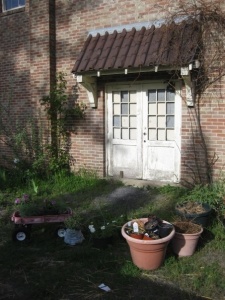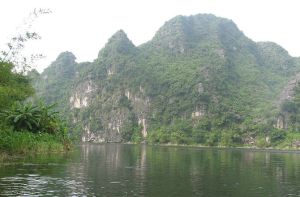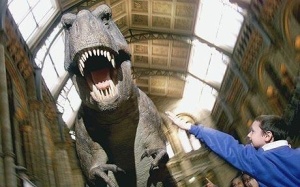With a weekend coming up, it’s time to address a subject that happens to be pretty fun to talk about: staycations!
a staycation is a type of vacation where one stays in the area you’re currently living, or according to Urban Dictionary “a vacation that is spent at one’s home enjoying all that home and one’s home environs have to offer.” With gas prices as high as they are and flying involving so many restrictions and fees, vacations that require traveling long distances aren’t always in the equation when your vacation time rolls around (if you get any). For twenty-somethings, budgets can be pretty tight, and staycations are a great way to enjoy your surroundings with a long weekend or a good couple days of vacation.
Now, this isn’t going to be a town-by-town breakdown. And, because this blog focuses on having fun with museums, we’re going to bring in the fun and budget friendly ideas that museums have to offer your staycation opportunities. First, let’s start with some basic tips and tricks to enjoy your home and surrounding areas.
Staycations require a lot of research and planning much like a destination vacation. If you have time to look for fancy hotels or cheap flight deals for a dream vacation in your spare time, you have time to plan the perfect staycation. Ask locals you work with or that you run into at the grocery store or gas station about their favorite local sights. Off the Beaten Path series offers not-so-widely known attractions to out-of-towners that can be pretty handy if you’re just learning the area or if you aren’t familiar with local famous landmarks. They also list local museums with interesting collections that can be really entertaining.
To that effect, when looking for local attractions, don’t count museums out. Small towns and counties have rich histories of their own, and even in the small town that I live in (current population at 24,499 as of 2012) we have two art museums, an historical society with its own mansion, and a small art gallery, not to mention dozens of local music venues and recreational activities. Check out what your local museum has to offer on their exhibits schedule (most are available online), or if they have a planetarium see what the show schedule and calendar look like. In Walla Walla, WA (fun town, so nice they named it twice!), there’s a Museum of Un-Natural History that features Dadaist art from a local artist; places like this won’t always show up in fancy travel magazines or always be the first thing that comes to mind for travel destinations, but I can guarantee that locals will be able to give you the best advice for things to do on a staycation.
So, when planning your next vacation, consider the cost and see what your current location has to offer. Small towns may not have much, but hey, if it’s a quick drive (say 2 hours), and you get to sleep in your own bed that night, what’s the harm in taking a bit of a drive to another small town and spending a day enjoying another town’s sights? Big cities have a lot to offer that often goes overlooked by people working there, and staycations are a good chance to get to explore even some of the major landmarks that may get set aside for when company comes (which, may or may not be in the near future).
Hope everyone has a wonderful weekend and if you’re considering a staycation, have taken one, or want to know more about this fun phenomena, let me know in the comments section







